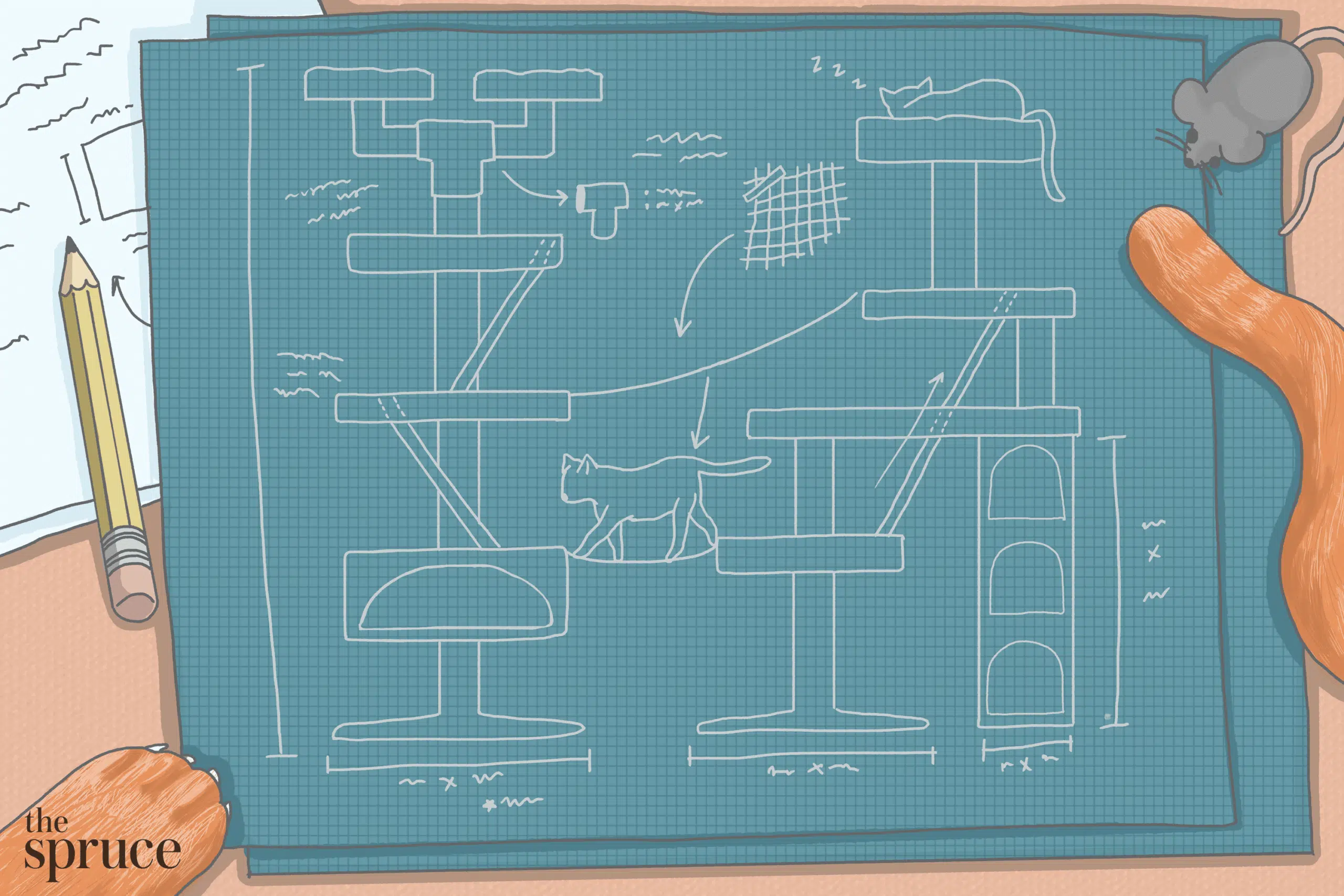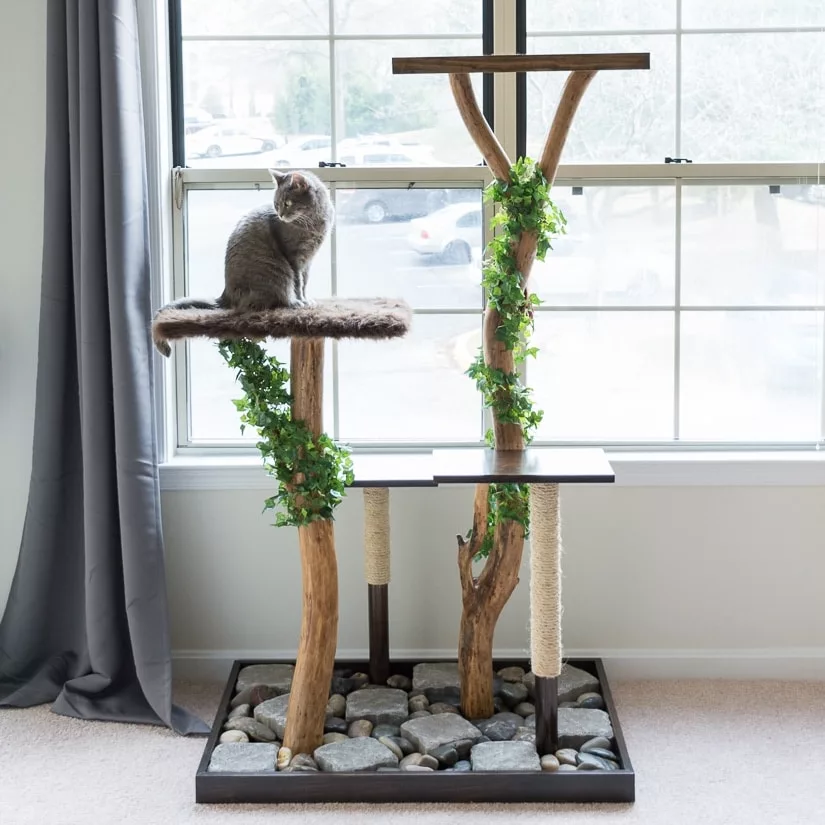0
A cat tree is an excellent addition to any cat owner’s home, providing a wide range of benefits for both the feline and its owner. Cat trees offer a dedicated space for your cat to play, exercise, and relax while stimulating their natural instincts. Here is a brief overview of the benefits of cat trees:
- Encourages exercise and play: Cat trees often feature multiple levels, platforms, and toys that encourage your cat to jump, climb, and explore. This physical activity is essential for maintaining a healthy weight and muscle tone, as well as promoting overall well-being.
- Satisfies the natural urge to scratch: Cat trees often come with scratching posts wrapped in sisal rope or other materials. These posts provide an appropriate outlet for your cat’s instinct to scratch, which can help save your furniture and carpets from damage.
- Provides a safe and secure space: Cats are natural climbers and often seek high places to survey their territory and feel safe from potential threats. Cat trees give them a designated area to perch and observe their surroundings, making them feel more secure in their environment.
- Reduces stress and anxiety: Having a dedicated space for your cat to retreat to can help reduce their stress and anxiety levels. This is especially important in multi-cat households or homes with other pets, as it provides each cat with a personal space where they can relax and unwind.
- Enhances mental stimulation: Cat trees often come equipped with various features, such as hanging toys, tunnels, and hideaways, that can keep your cat entertained and mentally engaged. This is crucial for preventing boredom, which can lead to undesirable behaviors or health issues.
In summary, cat trees provide numerous benefits for both cats and their owners. By offering a designated space for your cat to play, exercise, and relax, you can improve their overall health and happiness while reducing the likelihood of destructive behavior in your home.


